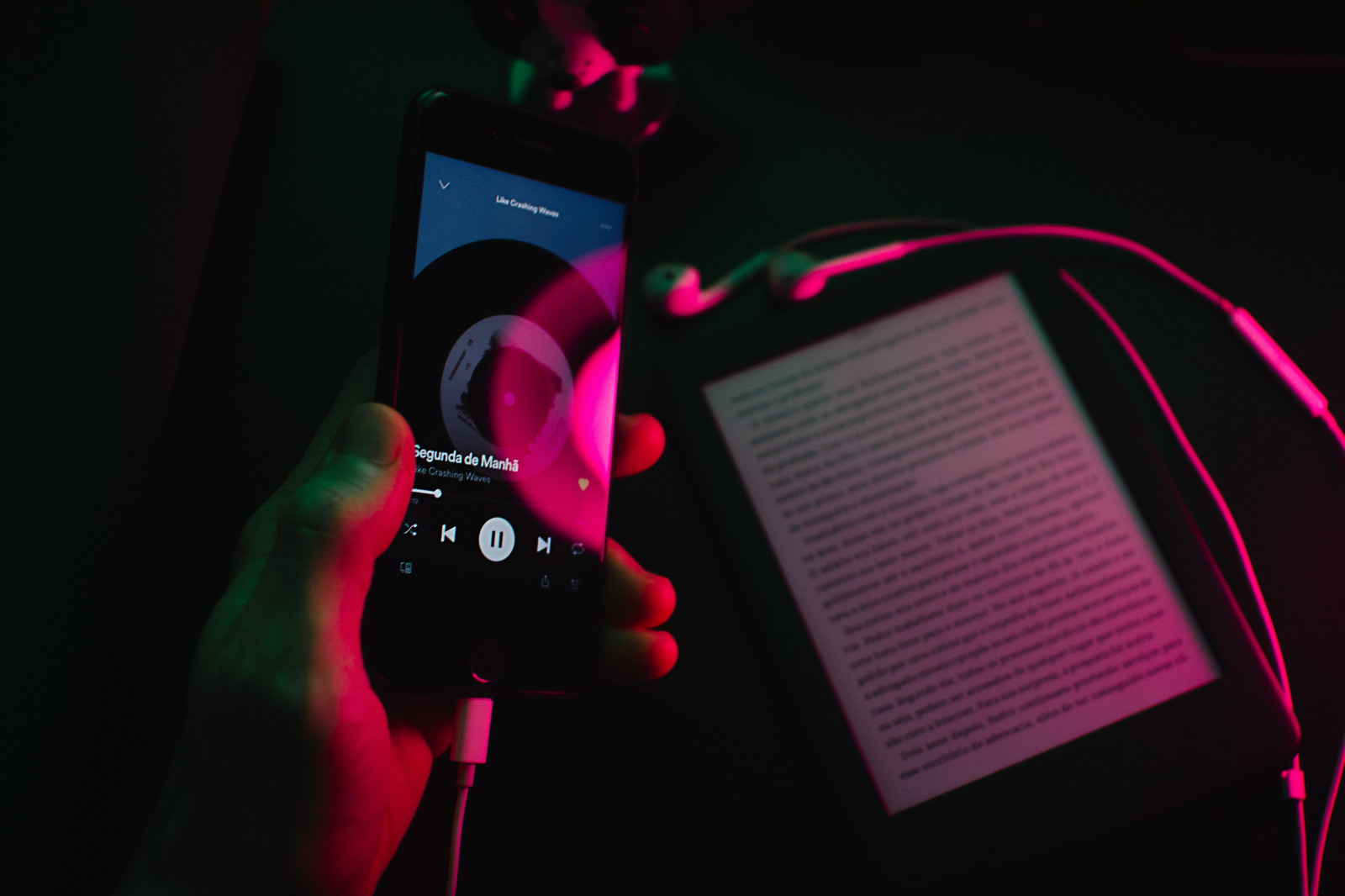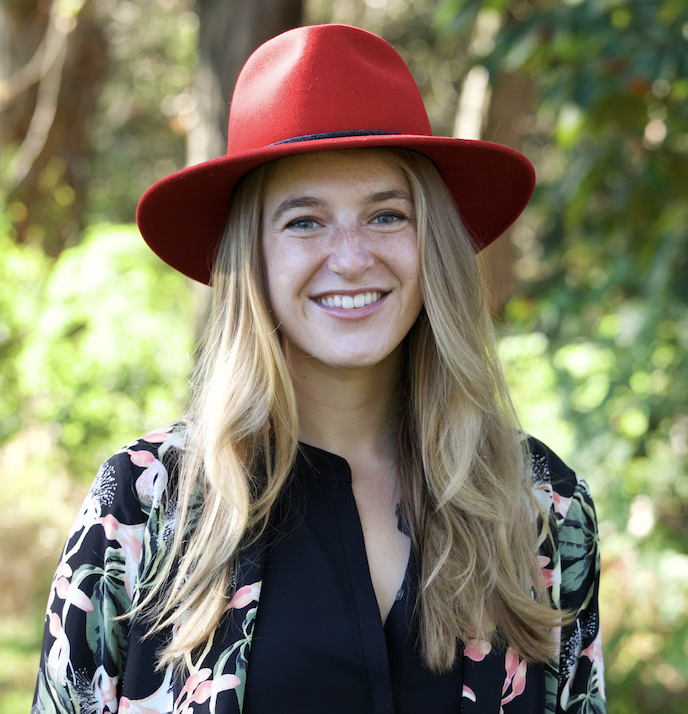Spotify’s Stream On event recycles podcast features in a new feed

Photo: @felipepelaquim

At Spotify’s annual Stream On event, the company announced a new, TikTok-style home screen and various “new” podcast features. Following the podcast investment boom, platforms need experimentation and discovery tools to both attract creators and entice new audiences. Given Spotify’s previous focus on A-list celebrities, the expansion of services for independent creators is welcome. Yet many of Spotify's updates draw on features that are already in the market, and are not a guaranteed solution to the oversaturation problem.
Educating and connecting creators
As creators are the new currency, streaming platforms must cater to their needs first, in order to grow audiences, especially in this increasingly fragmented entertainment market. And while podcasts have one of the lowest barriers to entry of any creative work, this does not guarantee an even playing field. Enter Spotify Labs, a free global workshop series that will give podcasters opportunities to work in professional production studios, learn from “Spotify experts”, and connect with other creators. Moreover, Spotify is launching educational podcasting content with how-to guides and advice. In addition to the marketing tools it already provides podcasters, Spotify is now investing in making their content better in the first place.
While podcasting guides and advice columns are available from a wide variety of podcast hosting platforms and tools, the connection with other creators differentiates Spotify. If Spotify can create an active, informative, social space for podcasters to connect and collaborate, it can be a huge draw for new creators. Spotify is also expanding access to some of its existing features, like video podcasts and subscriptions. While this is an expansion rather than anything new, it does show a willingness to invest in independent creators, not just superstars like Emma Chamberlain and Alex Cooper, both of whom were present at the event.
Centralising creation
A podcaster’s creation process is typically fragmented across hosts, streaming platforms, and toolsets. Spotify previously spread its podcast creator tools across two platforms: Anchor, its hosting platform, and Spotify for Podcasters. Now, Spotify is centralising these tools on Spotify for Podcasters, making previously Anchor-exclusive features, like Q&A and polls, open to all Spotify creators for free. This one-stop shop also enables podcasters to add new features, like podcast chapters and previews, which give users a sample of the show’s most interesting moments on their home feed.
Featured Report
Defining entertainment superfans Characteristics, categories, and commercial impact
Superfans represent a highly valuable yet consistently underleveraged audience segment for the entertainment industry. What drives this disconnect is the fact that – despite frequent anecdotal use of the term – a standardised, empirical definition remains absent, preventing companies from systematically identifying, nurturing, and monetising th...
Find out more…While these podcast features may be new to Spotify’s platform, they already exist in the market. Podcast chapters were introduced in 2005 and are already available on Apple Podcasts. Moreover, discovery tools, like Audacy’s Moonbeam, also provide podcast previews, but use AI to curate clips automatically. Perhaps one of the more interesting announcements is Spotify’s newest partnership with Patreon. This will allow creators to receive direct payments from fans and funnels Patreon content to the platform.
The age-old discovery problem
Many of these tools aim to solve a central challenge in the podcast market: discovery. We have previously discussed the podcast discovery problem, which affects all creators, from independent voices to large networks. Spotify’s new home feed attempts to alleviate this challenge by amplifying its previous menu update to include visual content for both podcasts and music. Interestingly, the previews coming to the homepage also include audiobooks, but there is no further explanation of how Spotify is handling its previous hiccup with the audiobooks rollout.
This new feed amplifies Spotify's presence in the podcast video market, which it will fill with new exclusive video podcasts, including one from TikTok influencer and comedian Drew Afualo. This extension of their exclusive content strategy helps close the “YouTube gap” by keeping users on the platform. Although the feed will force music and podcasts to compete even more closely, consumers have been discovering podcasts via clips on YouTube and TikTok for some time. This feature will simply make it easier for those users to quickly access the full version, while also keeping them on Spotify’s platform. Additionally, Spotify’s new autoplay for podcasts will automatically play another relevant episode after one ends (although it is unclear what is new here, as autoplay for another episode of the same podcast was happening already).
Can Spotify manage its oversaturation?
Spotify is not the only platform facing the oversaturation problem, but they have certainly dug themselves deeper in it by adding both podcasts and audiobooks to their continually growing music catalogue. Spotify now hosts five million podcasts in addition to 100 million songs. Spotify hosted three million podcasts in January 2022, and four million by June 2022, meaning podcast volume has grown 67% in just over a year. Not only is Spotify bringing more podcast content to the platform, they are also amplifying podcaster tools, which will surely flood the platform with more content. Spotify has more than enough content — the future will depend on how well it can manage it.

The discussion around this post has not yet got started, be the first to add an opinion.